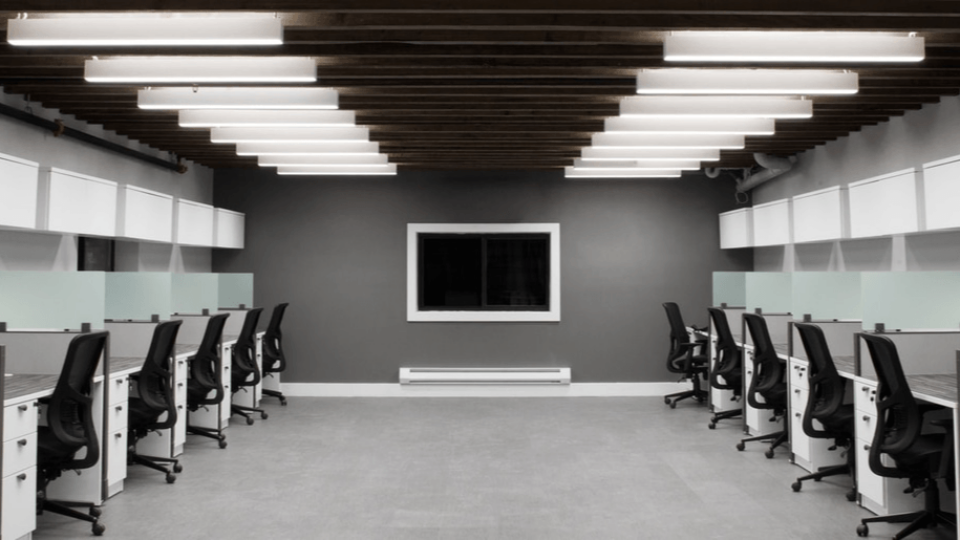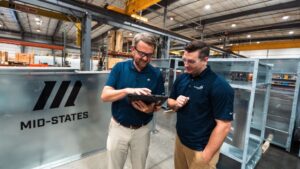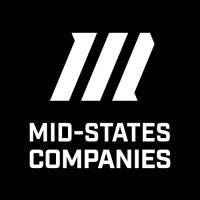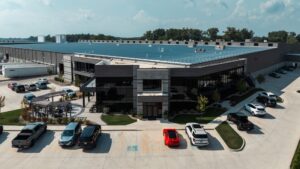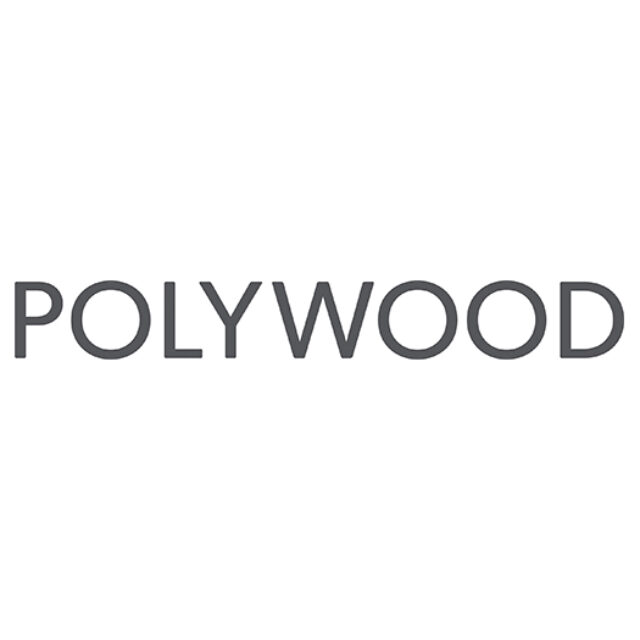Streamlined Operations Saving Time
With Acumatica, Sunshine Lighting executives manage the company more efficiently.
The platform connected disparate systems, brought operational and financial data together,
and allowed the company to automate workflows based on how they do business.
Employees now work with data that is accurate and accessible from anywhere.
Acumatica’s automation eliminated much of the extra manual work employees did, eliminating a
significant amount of daily overtime, and allowing employees to spend more time with their families.
Acumatica’s flexibility helped Sunshine Lighting better manage its core business processes,
including inventory management, financials, sales, and production planning.
Reduced Technology Overhead
Although having a cloud-based system wasn’t a high priority, access from anywhere and not
having to worry about system crashes lowered employees’ frustration.
“Our IT footprint was reduced tremendously because we eliminated many on-site servers and
the supporting network infrastructure,” adds Perl. “That’s a huge benefit. And I can sleep at
night because I don’t have to think about the on-prem overhead.”
“We’ve probably saved more than $200,000 a year,” says Jacob Hartman, Chief Financial
Officer, adding that number includes licensing, servers, and other support costs.
Proactive Cultural Shift
Employees no longer complain about legacy technology or use it as an excuse. “The bottlenecks
aren’t there anymore, so we’re not thinking about it,” says Perl. “Acumatica gave us a heart in our
business. Now if we need to do something, we can learn how the system can do it and then do it.
That’s been a huge benefit and change in our culture.”
Adds Yisroel Hartman, “With Acumatica, we have the ability to take a problem and solve it, and
take another problem and solve it, and then just keep solving problems as we grow and grow.”
With a better understanding of Acumatica’s robust features, employees took ownership of
their roles and are working with the executive and technical teams to streamline their tasks in
Acumatica. “They are saying, ‘Okay, I want a dashboard for this, or a report on these KPIs.’
They are coming up with ideas of how to accomplish more,” Yisroel Hartman says.
“These are things that are users would never have had in the old system. They never had the
ability to even imagine a way to make their lives easier.”
Adds Gross, “We’ve found ourselves in a place where we can be proactive versus reactive.”
Easy to Use, Onboard Users
It helps, says Gross, that Acumatica is easy to learn, which played a large factor in their
decision to buy it. “When we were considering SAP Business One and others, we knew that
training on those systems usually takes weeks if not months to onboard,” he says. “But with
Acumatica, onboarding new users is as easy as cake. It’s very simple and straightforward. And
the help is amazing.”
Onboarding new employees takes a mere three days or less, helping them be productive as
soon as they join the company, adds Jacob Hartman. “With our old system, it used to take
three to six months until the person understood exactly where all the hidden keys and hidden
keywords were.”
Increased Financial Visibility
Automating manual processes in the finance department saved a lot of time and has allowed
employees to use their recouped time more efficiently. For example, Gross says, billing took
a week and was one person’s full-time job. Now that job is automated, and that person has
shifted focus to other financial tasks.
Sunshine Lighting has shaved days off the time it takes to close a month, and running reports
“is like a breeze,” says Jacob Hartman, explaining he had two choices if he wanted to create
a financial report: he could ask the development team to pull the data and create one for him,
a process that could take a month, or he could try to pull five different reports, and hope the
information matched, a process that used to take him three weeks. Either way, the information
was old and dated.
Now he has personalized dashboards that allow him to pull real-time data in minutes, which
gives him instant visibility into how the business is performing.
“When I ran or when I looked at the financials on our old system, I wasn’t confident that
everything was there or accurate,” he says. “With Acumatica, I’m very confident with what I see.”
Increased Inventory Accuracy
Previously, inventory counts and reconciliations were time consuming, manual and often
inaccurate. The stock-on-hand was physically located in a number of different rooms and
areas. Counts often resulted in errors, often when someone forgot that a pallet of goods could
be in another room.
Inventory in the old system “was 50 percent accurate and what we had in the warehouse, and
that was probably charitable,” says Yisroel Hartman. That’s because of the way one had to
transfer items from bin to bin. The company had a primary bin and another for overflow. But the
system did not actually keep track of what was in each bin, he says. “Things were out of whack
very quickly. Today, we’re probably above 90% accurate.”
Perl oversaw the company’s EDI efforts and backorders. He previously had to ask the
warehouse to verify they had the needed parts for back orders. It sometimes took two days
for a reply, he says. “But now I can look it up myself. The system counts it, and the warehouse
team is confident they don’t need to verify the number with a physical count.”
More Efficient Warehouse Management
The warehouse manager previously physically checked inventory for some 30 requests daily.
Now, he may field two or three calls a week. The manager is no longer tied to his desk. “Now
he’s walking around with an iPad or while traveling, viewing orders, approving orders, or
releasing orders,” says Yisroel Hartman. “We could never do that in the old system.”
Warehouse employees used handheld scanners that crashed if a pick list was too long; an incident
previously would mean restarting because information was stored on the scanner and lost.
Now, shipping labels are automatically printed, and changes can quickly be made within
Acumatica; no running is required.
Flexible Open Platform
Because Acumatica doesn’t force companies to do business “Acumatica’s Way,” it has an
open API and encourages third-party developers, partners, and customers to create necessary
processes and applications. Developers are free to use Acumatica University and tap into a
large developer community willing to help anyone with questions. Most of its ERP competitors
lock data and force companies to do business their way rigidly.
Sunshine Lighting developers Yisroel Hartman and Schneur Perl leveraged Acumatica’s open
APIs and import scenarios to create many enhancements around truck routing, shipping, and
kit processing. They also became part of the Acumatica development community, earning
recognition as Acumatica MVPs.
Growth
With Acumatica up and running and refinements underway, Sunshine Lighting is redefining its
growth strategy. They are considering building a new, taller 150,000 square-foot warehouse
that will allow them to consolidate inventory locations and shipping stations. The company has
some 20,000 SKUs.
“Our cubic feet and utilization will triple that of our old-school Brooklyn building where we don’t
have the height, and will consolidate operations now spread in 10 different buildings,” says
Perl. Adds Gross, “If you wanted to pick an order, you would have to travel through a true maze
from building 1 to building 2 to building 3 to building 4, and so on.”
Having a solid, flexible platform in Acumatica gives Sunshine Lighting confidence in its
numbers, and the confidence to accelerate its growth plan. The team regularly recommends
Acumatica to their peers.
“Our success has come because we really care about our business and know it so well,” says
Perl. “Acumatica is an easy-to-use tool that gives us the flexibility to do business our way.”
 Canada (English)
Canada (English)
 Colombia
Colombia
 Caribbean and Puerto Rico
Caribbean and Puerto Rico
 Ecuador
Ecuador
 India
India
 Indonesia
Indonesia
 Ireland
Ireland
 Malaysia
Malaysia
 Mexico
Mexico
 Panama
Panama
 Peru
Peru
 Philippines
Philippines
 Singapore
Singapore
 South Africa
South Africa
 Sri Lanka
Sri Lanka
 Thailand
Thailand
 United Kingdom
United Kingdom
 United States
United States

